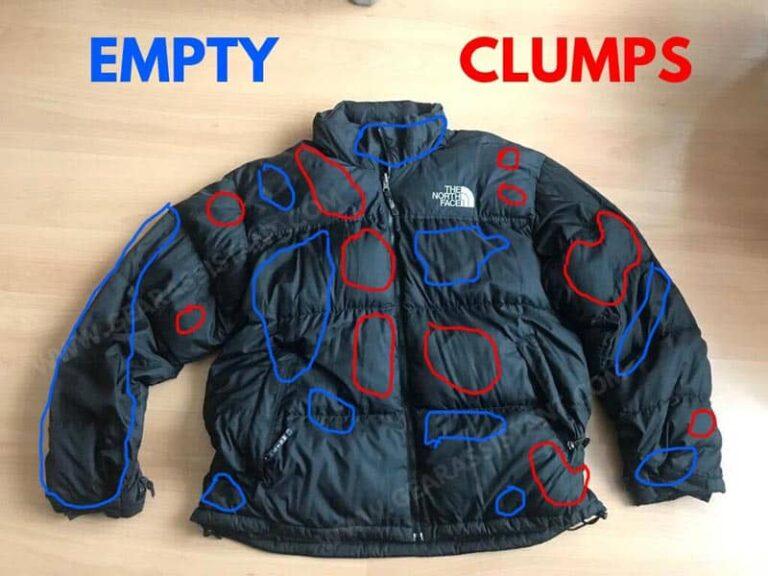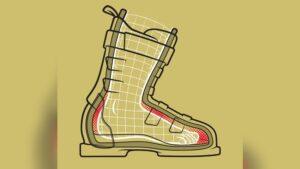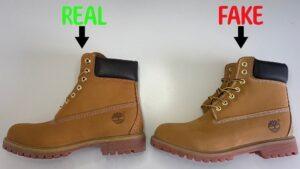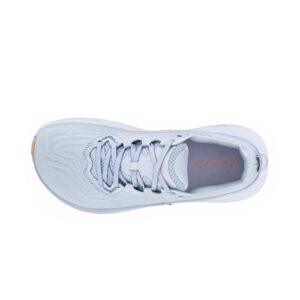Most North Face jackets can be machine washed, but you must follow care labels and fabric-specific steps.
I’ve spent years testing outdoor gear and caring for technical jackets. If you’re asking "can North Face jackets be washed," this guide answers that with clear, evidence-based steps for shell, insulated, down, and fleece styles. Read on to learn safe washing methods, detergents to use, how to restore water repellency, and mistakes to avoid so your jacket lasts for seasons.

Understanding North Face jacket types and why care matters
North Face makes many jacket types. Each uses different fabrics, insulation, and finishes. Knowing the type is the first step when deciding whether and how can North Face jackets be washed.
Common types include:
- Waterproof breathable shells with membranes such as Gore-Tex or proprietary laminates
- Synthetic insulated jackets that use polyester fill
- Down insulated jackets with goose or duck down
- Fleece and softshell jackets
Why it matters:
- Waterproof membranes trap heat but can be damaged by harsh detergents or high heat.
- Down clumps when wet and needs gentle agitation and thorough drying.
- DWR (durable water repellant) can wash out and needs reproofing after cleaning.
If you want to know can North Face jackets be washed safely, identify the jacket type first. Always check the sewn care label for model-specific guidance. Manufacturers test wash methods; the label is your primary source.

Can North Face jackets be washed? General rules and quick checklist
Yes, most North Face jackets can be washed. The exact method varies by fabric and finish. Here are core rules I follow every time I clean a jacket.
Quick checklist:
- Read the care label before washing.
- Close zippers, Velcro, and flaps to avoid snags.
- Use a front-loading washer or a gentle cycle on a top-loader.
- Choose a mild, technical-gear-friendly detergent or special down/synthetic cleaner.
- Do not use bleach, fabric softener, or strong stain removers.
- Rinse thoroughly to remove detergent residue.
- Restore DWR if water no longer beads on the fabric.
When you wonder can North Face jackets be washed in a washing machine, the answer is usually yes for most models. For delicate trims, vintage pieces, or heavily soiled jackets, consider professional cleaning.

How to wash each North Face jacket type (step-by-step)
Below are step-by-step guides for the main jacket types. I use these methods after testing and learning from mistakes.
Waterproof breathable shells (Gore-Tex and similar)
- Prep: Close all zippers and Velcro. Brush off loose dirt.
- Wash: Machine wash cold or warm, gentle cycle. Use a technical wash liquid made for waterproof gear.
- Rinse: Run an extra rinse cycle to remove detergent.
- Dry: Tumble dry low if label allows. Low heat helps reactivate DWR. If tumble dry is not allowed, hang dry and use a warm iron through a cloth to reactivate DWR if safe per label.
- Reproof: If water no longer beads, apply a wash-in or spray-on DWR product.
Synthetic insulated jackets
- Prep: Close fastenings and empty pockets. Spot-clean stains first.
- Wash: Machine wash gentle, cold water, using a mild detergent or a synthetic-specific cleaner.
- Rinse: Ensure a full rinse to avoid residue that reduces loft.
- Dry: Tumble dry low with a few clean dryer balls to help loft recovery.
- Reproof: Apply DWR only if outer fabric has lost its water repellency.
Down insulated jackets
- Prep: Zip up and flip jacket inside out. Pretreat stains gently.
- Wash: Use a down-specific cleaner. Cold water, gentle cycle, and minimal agitation.
- Rinse: Run two rinse cycles to remove all soap.
- Dry: Tumble dry low with 3–5 clean tennis balls or dryer balls to break up clumps. Expect several cycles; drying can take 1–2 hours.
- Reproof: If outer fabric repels less, use a gentle DWR treatment suitable for down shells.
Fleece and softshell
- Prep: Zip and secure closures. Remove lint with a brush if needed.
- Wash: Cold water, gentle cycle, mild detergent. Avoid fabric softener entirely to preserve loft and breathability.
- Dry: Air dry or tumble low depending on label.
- Reproof: Not usually needed for fleece.
These steps answer the practical side of can North Face jackets be washed. Use the method that matches your jacket’s materials.

Drying, restoring DWR, and maintaining performance
Drying and reproofing are as important as washing. Improper drying can ruin insulation and membrane performance.
Drying tips:
- Use low heat when tumble drying. High heat can melt synthetic fibers and damage membranes.
- For down, use dryer balls or tennis balls to restore loft and separate clumps.
- Hang drying is fine for shells, but you may need to heat-treat (low iron or tumble low) to reactivate DWR if the care label permits.
Restoring DWR:
- Use a spray-on or wash-in DWR product made for technical outerwear. Spray-on targets outer fabric and is easier for spot areas.
- After applying DWR, follow product instructions—many require low heat to set the treatment.
- Test water repellency by sprinkling water. Beads indicate success.
Regular maintenance:
- Spot-clean frequently to avoid heavy washes.
- Store jackets dry and away from direct sunlight.
- Reapply DWR every 6–12 months if you use the jacket often in wet conditions.
If you ask can North Face jackets be washed and retain their waterproofing, the key is proper detergent choice, rinse, and reproofing. Done well, washing can restore both cleanliness and performance.

Common mistakes and how to avoid them
I’ve washed many jackets and learned the hard way. Avoid these errors.
Common mistakes:
- Using regular laundry detergent that strips oils and DWR.
- Adding fabric softener, which clogs fabrics and reduces breathability.
- Skipping the care label and assuming all jackets wash the same.
- Drying on high heat, which can melt coatings and damage insulation.
- Not fully drying down jackets, leaving the fill damp and prone to mildew.
How to avoid them:
- Use specialized cleaners for down or technical fabrics.
- Run extra rinse cycles to remove detergent residue.
- Test a small area when trying a new cleaner or DWR treatment.
- Be patient drying down; use dryer balls and multiple low-heat cycles.
Following these tips answers the common concern: can North Face jackets be washed without harm? Yes—if you avoid these mistakes.

When to seek professional cleaning or repair
Some situations call for expert help. Consider pro cleaning or repair if:
- The jacket has severe stains, oil, or body-fluid contamination.
- The membrane or seam tape shows damage you can’t repair at home.
- The jacket is vintage, highly valuable, or has complex mixed materials.
- You are uncomfortable using home dryers for a heavy down jacket.
Professional cleaners use gear-specific processes and can reapply seam sealer or DWR safely. If you’re unsure whether can North Face jackets be washed at home, a professional can prevent costly damage.
Frequently Asked Questions of can North Face jackets be washed
Is it safe to machine wash all North Face jackets?
Most North Face jackets are machine washable if you follow the care label. Use gentle cycles, cold water, and the right detergent for the fabric type.
Can I use regular laundry detergent on a North Face jacket?
Avoid regular detergents for technical jackets. Use a cleaner made for technical fabrics, down, or synthetic insulation to preserve performance.
Will washing remove the waterproof coating?
Washing can strip DWR over time. You can restore water repellency with a wash-in or spray-on DWR treatment after washing.
Can I tumble dry my North Face jacket?
Many jackets can be tumble dried on low to reactivate DWR and restore loft. Check the care label; high heat can damage fabrics and insulation.
How often should I wash my North Face jacket?
Wash only when needed—spot-clean small marks. For regular wear, 2–4 times a season is common. Washing too often can wear finishes faster.
Can washing damage Gore-Tex or other membranes?
Improper detergents and high heat can harm membranes. Use mild technical cleaners, avoid fabric softener, and follow drying instructions to protect membranes.
What do I do if my down clumps after washing?
Dry the jacket fully in a low-heat dryer with dryer balls or tennis balls. Break up clumps manually during drying if needed and run multiple cycles until loft is restored.
Conclusion
You can safely clean most North Face jackets at home when you follow the label, use the right cleaner, and handle drying carefully. Washing can refresh performance and extend jacket life if you choose the correct method for shell, synthetic, down, or fleece styles. Take the extra minute to check the care tag, pick a suitable detergent, and reproof when needed. Try these steps on your next wash, share your results, and consider subscribing or leaving a comment with your jacket type and experience to help others learn.

